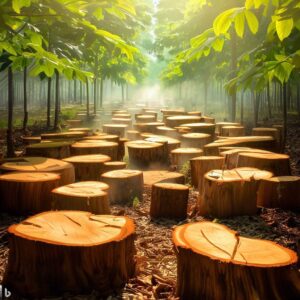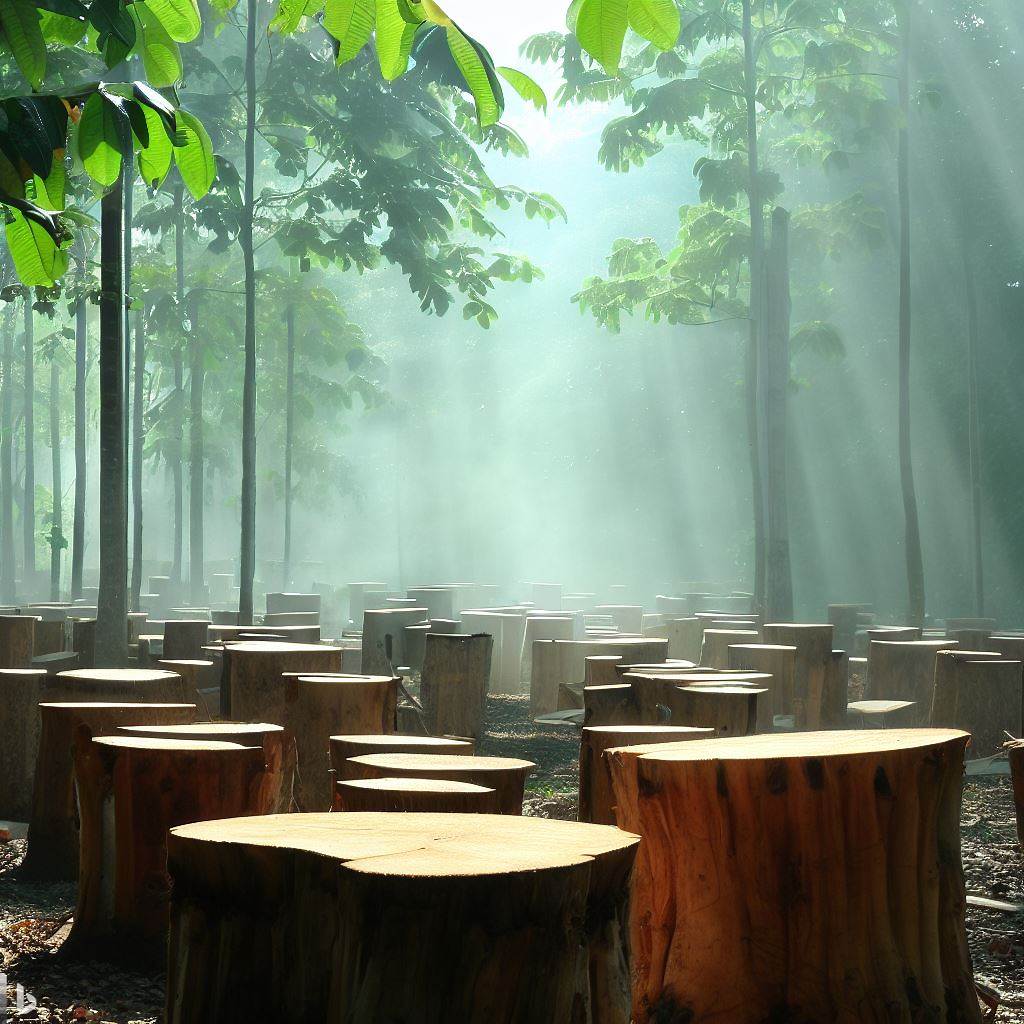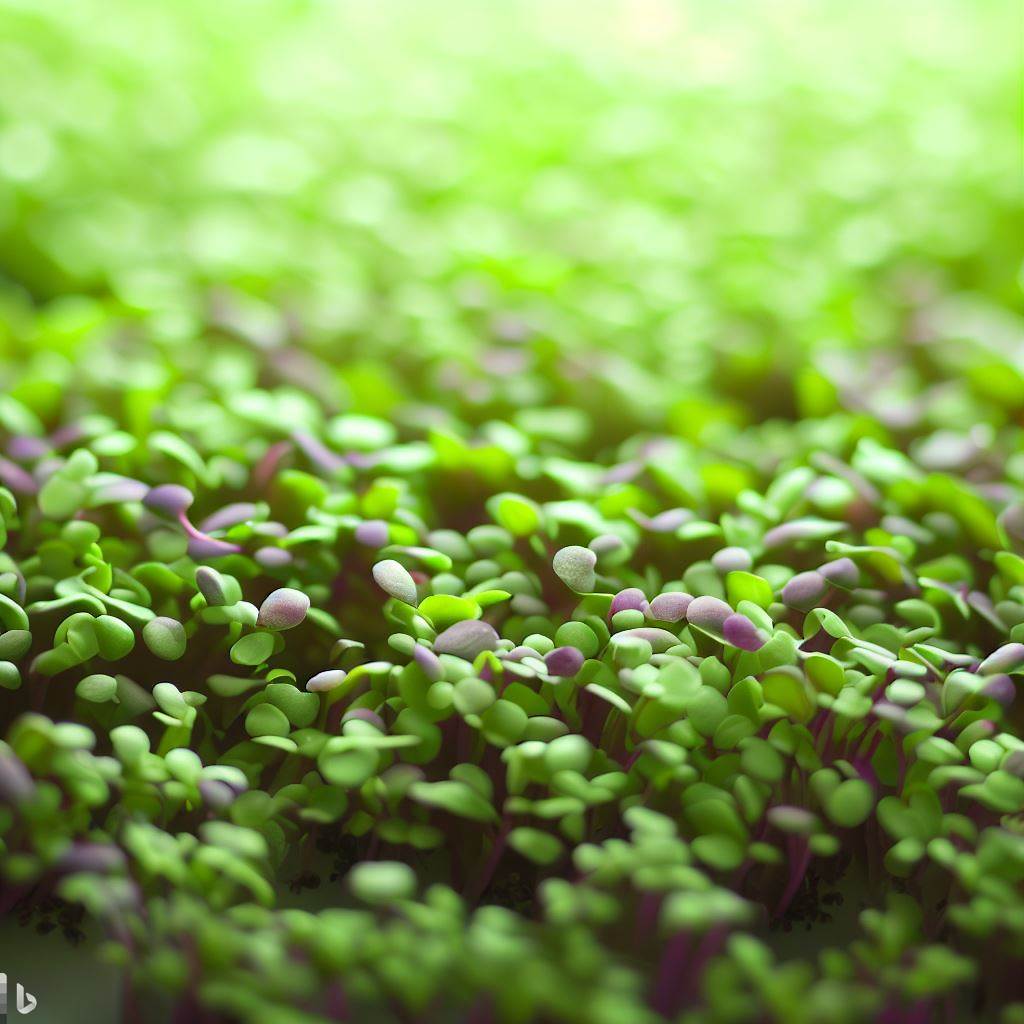Farming of Sagwan (Teak wood)
Teak is a tree whose wood is strong and hard. This wood can be used for hundreds of years because teak wood does not deteriorate and does not suffer from any insects. Due to the high demand for teak wood, teak is now being cultivated almost all over the world. Teak is being cultivated in Indonesia, Malaysia, Bangladesh, India, Thailand, Myanmar, Sri Lanka, Pakistan and many other African countries. The best variety is Burmese teak, which has the highest wood value.
Sagwan Farming in Pakistan
In Pakistani forests, native teak used to grow in the form of khadro bushes. Now in Pakistan too Burmatic teak is being cultivated in regular planning. Tissue culture plants are cultivated to make the teak tree capable of early harvesting, which gives good income to the farmer in about 10 years. The height of the teak tree reaches 50 to 60 feet, but the tree is cut from 10 or 20 feet so that the thickness (roundness) (dia) of the useful wood obtained can be greater. Teak wood is used to make decks of ships and boats which last for years.
Uses of Sagwan Wood
The decorations and expensive furniture of rich people’s houses are made from teak wood. The color of teak wood is so beautiful reddish that no color is applied to the furniture. Teak wood is sold in cubic feet and due to the good rate, the farmer gets a reasonable amount.

Soil required for cultivation
Heavy mine, light mine, light clay soil (except Kaler and Thor).
Climate
Successful cultivation in hot and cold areas (leaves fall off in winter).
Cultivation season
The whole year except severe cold and severe heat.
Irrigation
10 days in summer and 20 to 25 days in winter.
Diseases
Root fungus (canker), root rot, powdery mildew.
Family
Lamiaceae
Genius
Tectona grandis (Tectona grandis)
Sagwan Farming
Sagwan, also known as teak, is a highly valued timber tree species renowned for its durable wood and numerous commercial applications. Teak farming, or sagwan farming, has gained popularity as a profitable venture due to the high demand for teak wood in various industries. In this article, we will explore the essentials of sagwan farming, including its benefits, cultivation techniques, and potential for sustainable income.
Understanding Sagwan (Teak) Trees
Sagwan, scientifically known as Tectona grandis, is a large deciduous tree native to tropical regions, particularly Southeast Asia. It is known for its tall, straight trunk and broad, dense canopy of foliage. The heartwood of the teak tree is highly prized for its exceptional durability, resistance to rot, and beautiful grain patterns.

Benefits of Sagwan Farming
Sagwan farming offers several benefits, making it an attractive choice for entrepreneurs and farmers alike. Here are some key advantages of venturing into sagwan farming:
1. High Market Demand
The global demand for teak wood remains consistently high due to its versatility and quality. Teak wood is used in a wide range of applications, including furniture, flooring, shipbuilding, and construction. As a result, there is a steady demand for teak timber, providing a lucrative market for sagwan farmers.
2. Long-term Investment
Sagwan farming is a long-term investment that can yield significant returns over time. Teak trees have a slow growth rate but can reach maturity in approximately 25 to 30 years. Once mature, they can be harvested selectively, allowing for continuous income generation.
3. Sustainable and Environmentally Friendly
Teak trees are known for their ability to sequester carbon dioxide, making them valuable assets in combating climate change. Additionally, teak farming promotes sustainable land use practices, as it can be integrated with agroforestry systems, providing shade for other crops and improving soil fertility.
4. Diverse Revenue Streams
Sagwan farming offers diverse revenue streams beyond timber production. Alongside timber, other potential income sources include teak seed sales, saplings, and value-added products like teak furniture or handicrafts. These avenues provide opportunities for farmers to maximize their profits.
Cultivation Techniques for Sagwan Farming
Successful sagwan farming requires careful planning and adherence to proper cultivation techniques. You can consider these steps:
1. Site Selection
Choose a site with well-drained soil and adequate sunlight, as teak trees thrive in full sun. Avoid areas prone to waterlogging or excessive shade, as these conditions can hinder tree growth.
2. Seed Selection and Nursery Management
Select high-quality teak seeds from reputable sources. Establish a nursery to germinate the seeds and nurture the saplings until they are ready for transplantation. Provide optimal conditions such as adequate moisture, shade, and protection from pests and diseases.
3. Transplantation and Maintenance
Once the saplings reach a suitable size (6-8 months old), transplant them to the main field. Maintain proper spacing between trees, typically around 8-10 feet (2.5-3 meters), to allow for healthy growth and efficient management. Implement regular watering, weed control, and pest management practices to ensure the trees’ well-being.
4. Pruning and Thinning
Conduct regular pruning to shape the teak trees and promote straight trunk growth. Thinning may also be necessary to maintain optimal spacing and remove weaker or overcrowded trees, allowing the remaining trees to thrive.
5. Harvesting and Timber Quality
Harvesting of teak trees can begin after approximately 10 years, depending on the desired timber quality. Selective harvesting ensures a continuous supply of mature trees while allowing younger trees to grow and mature further. Proper harvesting techniques are crucial to preserve the quality and value of the teak timber.
Conclusion
Sagwan farming presents a promising opportunity for individuals interested in sustainable agriculture and long-term investment. With its high market demand, potential for diverse revenue streams, and positive environmental impact, sagwan farming can be a lucrative and fulfilling venture. By following proper cultivation techniques and exercising patience, sagwan farmers can enjoy the rewards of a thriving teak plantation while contributing to the sustainable management of forest resources.






